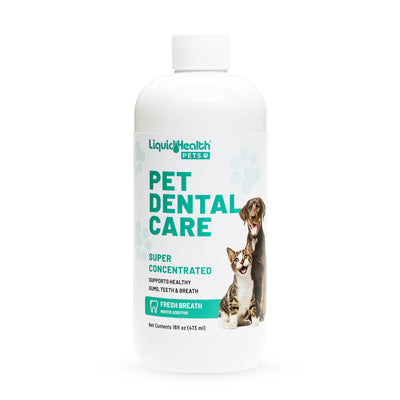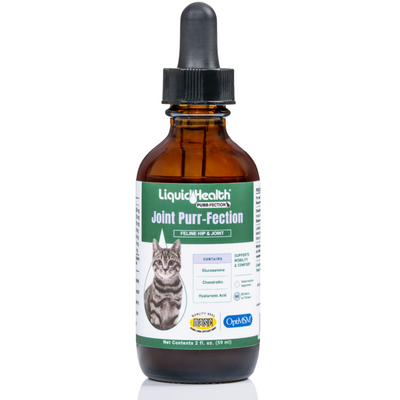 We Americans love cats. There were an estimated 95.6 million cats owned in the U.S.A. in 2012, according to The Humane Society.1 Pictures and videos of cats flood the Internet. A certain meme even claims that the Internet is made of cats. But these domesticated cats with which we live have not always been as they are now. Their domestication is a long, mysterious
We Americans love cats. There were an estimated 95.6 million cats owned in the U.S.A. in 2012, according to The Humane Society.1 Pictures and videos of cats flood the Internet. A certain meme even claims that the Internet is made of cats. But these domesticated cats with which we live have not always been as they are now. Their domestication is a long, mysterious tail tale.
Not too long ago, archaeologists found a wildcat that seemed to have been buried near a human on the island of Cyprus about 9,500 years ago, and they concluded that the proximity of the two suggested some sort of relationship between them, but they were unsure if that was evidence of domestication.2 To the ancient Egyptians, the cat seemed to have religious significance, because the popular deity Bastet was often depicted as being a cat or a woman with a cat’s head, and the penalty for killing a cat (at least by 450 B.C., but possibly earlier) was death.3
In December of 2013, Washington University in St. Louis published the findings of a study conducted in China near the ancient farming village of Quanhucun. In this study, Yaowu Hu and his colleagues at the Chinese Academy of Sciences analyzed bones of cats excavated from the site. According to study co-author Fiona Marshall, PhD, a professor of archaeology and interim chair of anthropology in Arts & Sciences at Washington University in St. Louis, “Our data suggest that cats were attracted to ancient farming villages by small animals, such as rodents that were living on the grain that the farmers grew, ate and stored….Even if these cats were not yet domesticated, our evidence confirms that they lived in close proximity to farmers, and that the relationship had mutual benefits.”4 Researchers are continuing to investigate the possible implications of these findings.
Having considered scientific findings, it is important to remember that the domestication of cats did not really begin as a forced, deliberate process. Rather, it was a development that occurred naturally and gradually as a result of the mutually beneficial interactions between humans and cats, such as that which seems to have existed between ancient Chinese farmers and wildcats. The seemingly simple actions of both species had great repercussions. Today, we breed domestic cats extensively, with the result that there are literally dozens of breeds and crossbreeds of cats for us to own as household pets. Domestic cats—with their peculiar, lovable temperaments and behaviors that seem to convey a trace of the wilder instincts of their ancestors and cousins—will probably remain popular household pets for many years to come.
And while you enjoy the company of these creatures, it is important to take good care of them. Liquid Health, Inc. may have just the products your cat needs. If you feel your cat may need some supplementation, consider our Joint Purr-Fection, K9 & Kitty Calmer, and Spot Shot products.
If you are looking for more information or you wish to purchase/carry our products, give us a call at 800.995.6607 or email us at customerservice@liquidhealthinc.com.
Sources:
1 http://www.humanesociety.org/issues/pet_overpopulation/facts/pet_ownership_statistics.html
2 http://www.theatlantic.com/technology/archive/2013/12/how-humans-created-cats/282391/
3 http://www.ancient.eu.com/article/466/
4 https://news.wustl.edu/news/Pages/26273.aspx





